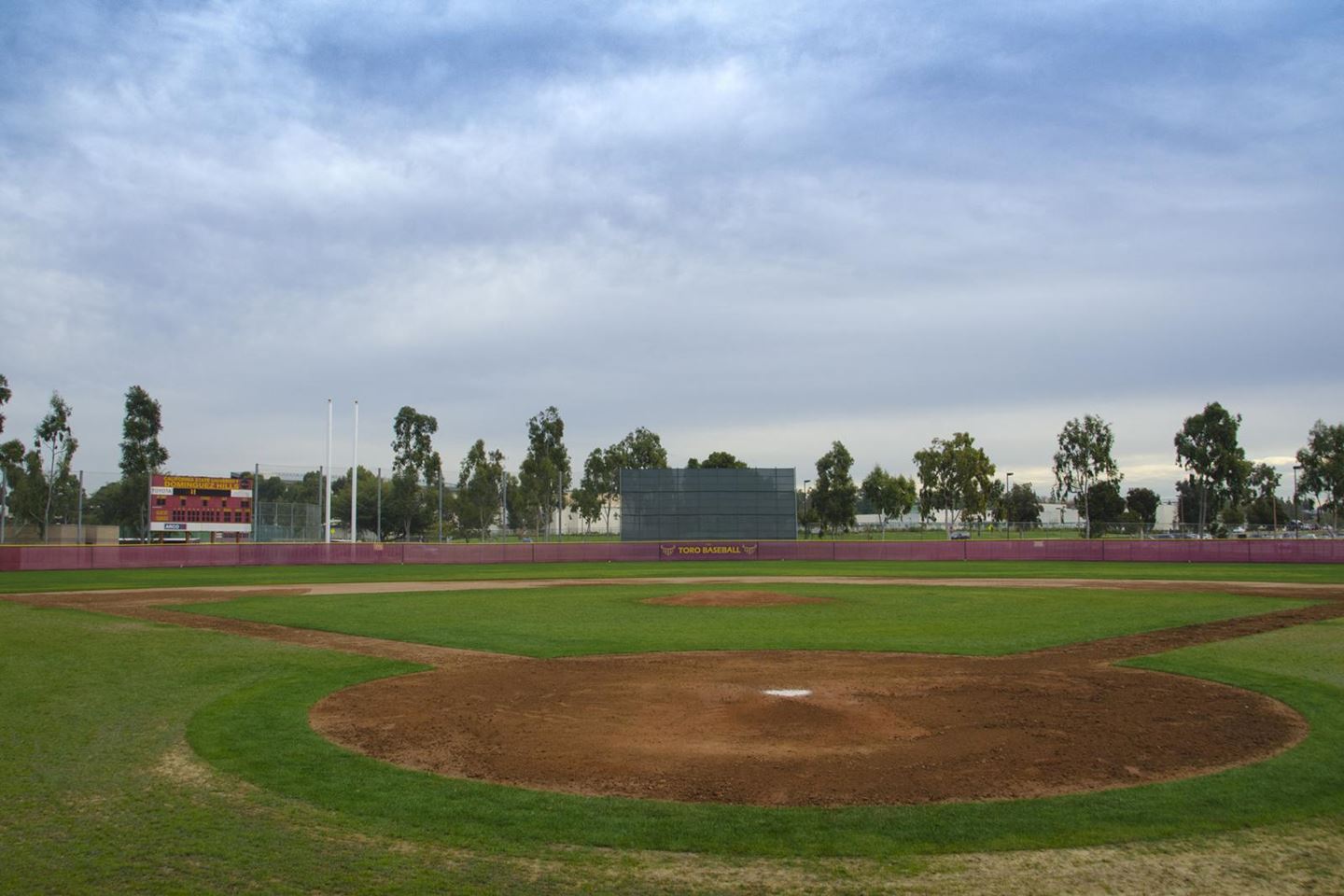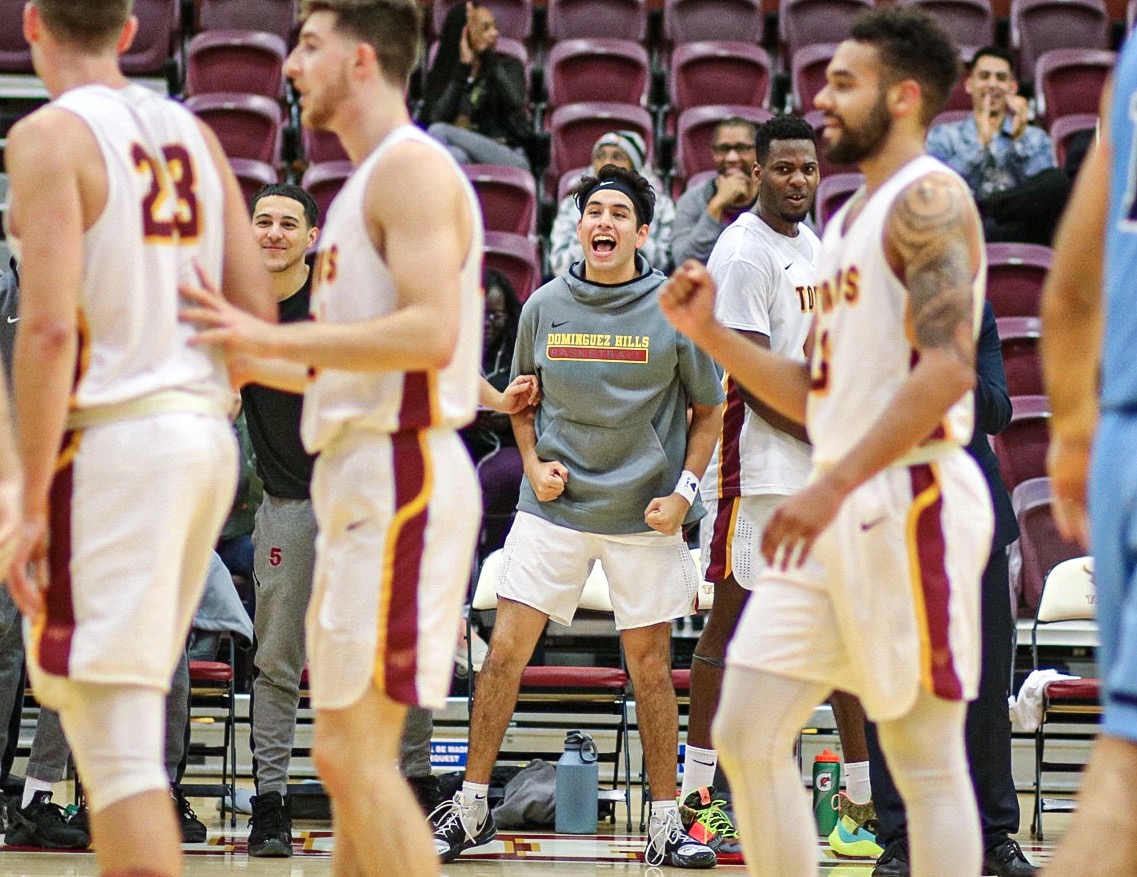By Jeremy Gonzalez & Victor Munoz
Assistant Sports Editor & Sports Editor
Editor’s note: In light of this being the 50th year of CSUDH Athletics, The Bulletin concludes its three-part series on the state of Toro athletics. The first two installments talked about how students and our athletics department view our sports teams. This issue will discuss how the administration views the athletics department.
It’s often said that money makes the world go round. Everyone somehow deals with money in their daily life, whether it’s your cell phone bill that’s due or your paycheck from work. Mon
The sports world is no different. Money must be raised or set aside to make necessary upgrades and purchases. Universities have budgets in place to dictate how much goes into each department and section of the school, with every university setting aside some funds to go towards their athletics programs.
Division II schools don’t exactly rake in the cash like Division I schools, yet they still have to find ways to pay for coaches, transportation to their matches, equipment, etc. As a Division II school, the importance of CSUDH giving our program money is even more important.
The CSUDH administration faculty and staff handle the university budget and divide it as they see appropriate. Exactly where does money for the sports program come from? How important is the state of athletics to the administration? What will come in the near future for the Toros sports teams?
We went to the administration and spoke with Dr. William Franklin, Vice President for Student Affairs, about some of the question marks that surround the administration’s involvement with the athletics department.
Funding
The funds that go towards the athletics department do not all come from one source. Although CSUDH doesn’t have big-pocket donors lined up out the door, they do have a few sources that generate money for the sports program.
“It is a cost center in the division of Student Affairs and that accounts for a majority of [the athletic department’s] money,” said Franklin. “They also have a number of other sources. They get support from Associated Students Inc. in the form of scholarships. They get money from vendors they work with and from private donations.”
Some of this money is used towards equipment, repairs for certain facilities such as the track & field or pool, etc. In our last issue, we discussed the need for athletes to have their own locker rooms instead of sharing the current locker rooms with students. Franklin said the administration sees the need for designated locker rooms and confirmed that they have plans in the future to upgrade some of the facilities.
“There are plans underway to upgrade the locker rooms,” said Franklin. “In the next year or so, athletes will have quality locker rooms. There are also talks to upgrade the Torodome.”
The amount of money a CSU can dedicate to its athletic department depends on its priorities. Franklin said the 23 CSU campuses are uniquely different with different priorities. The CSU system leaves it up to the campuses to fund athletics according to their respective missions, values, and vision around intercollegiate athletics.
Importance of Sports to a University
The National Collegiate Athletic Association, the conference our university competes in, has a page that states that sports are a crucial part of a university as it brings exposure, better student experience and in some cases revenue.
Chanel Parker, one of CSUDH’s finest track and field athletes to don the toro cardinal and gold, absolutely agrees with the statement from the NCAA.
“Sports is definitely very important to a university,” said the six-time All American. “It creates an environment where you have the opportunity to cheer your fellow student-athletes on. Being an athlete has made me a better person. In general, I noticed that the things that I learned as an athlete have always helped me in the [real world], getting a job, keeping a job, with my integrity, hard work, has helped me have moral standards and be able to give it my all in no matter what it is that I’m doing.”
Franklin believes that student life is a large factor of the overall collegiate experience.
“Apart from academics and classroom experiences, attending, watching and cheering for our teams can create a sense of community, belongingness, and entertainment,” said Franklin. Those are central to retention and helping student connect to the campus and to one another.”
Franklin also took us back to part one and spoke of the negative effect being a commuter school has on sporting event attendance.
“With so many students living off-campus, it becomes a bit more of a challenge to commute back to campus for games,” said Franklin. “Many students work, take care of families, and commute long distance. In the south bay, even if you live short distance, the traffic can serve as a deterrent.”
According to Franklin, our new president, Thomas A. Parham, is aware of the impact commuting has had on school spirit and believes our new residence hall will help.
“[Parham] is excited that we will open our new residence hall soon,” said Franklin. “Again, when you have more students living on-campus, it allows the student body to connect more readily to teams on game days. That aids in creating campus pride and promoting team spirit.”

